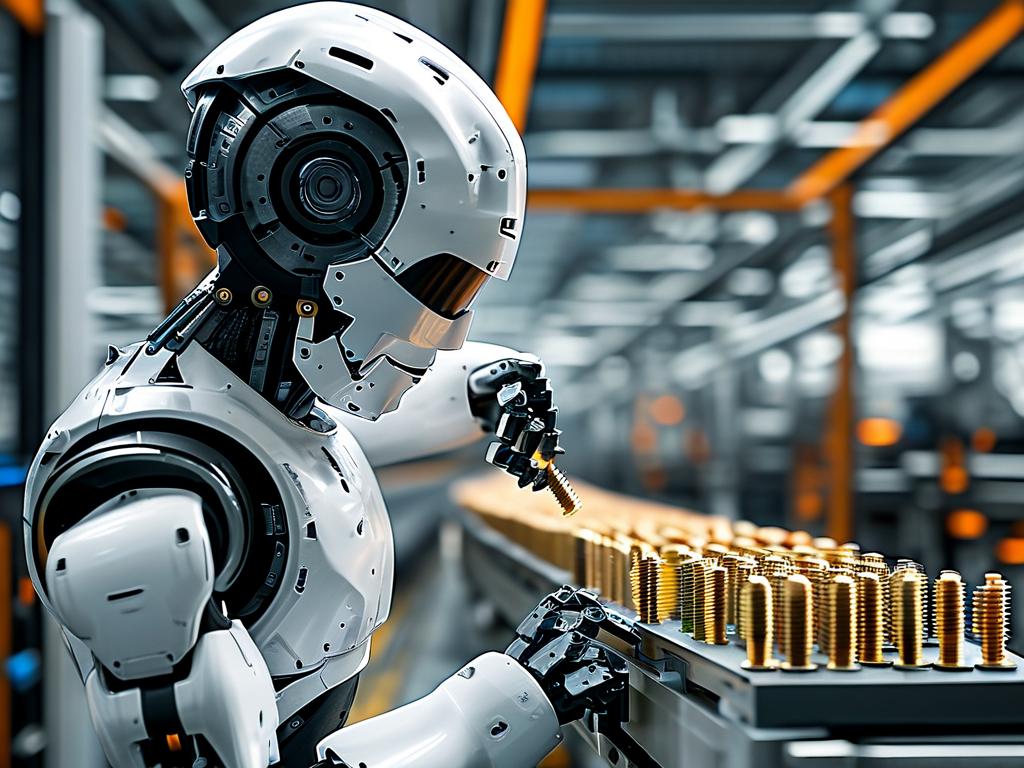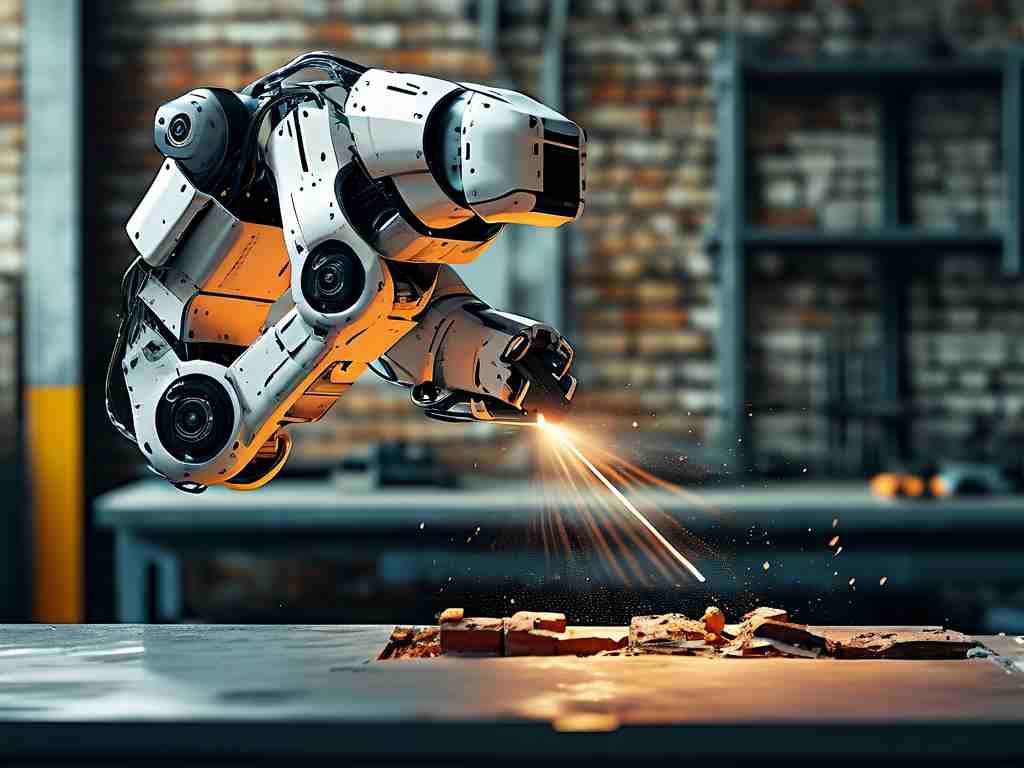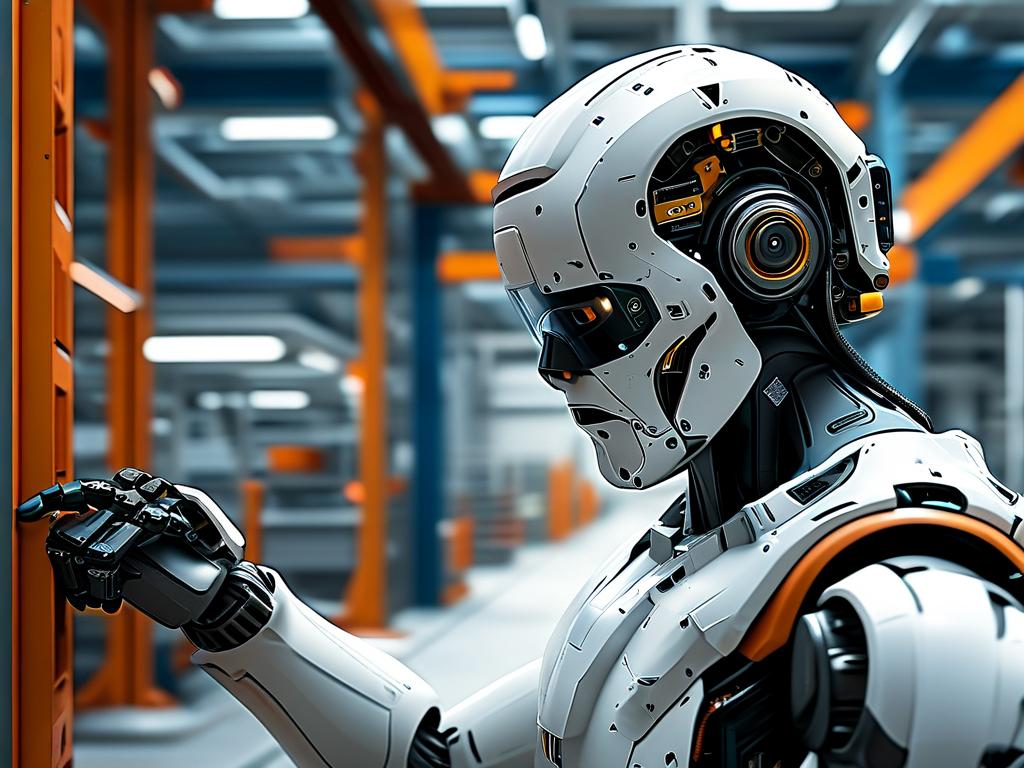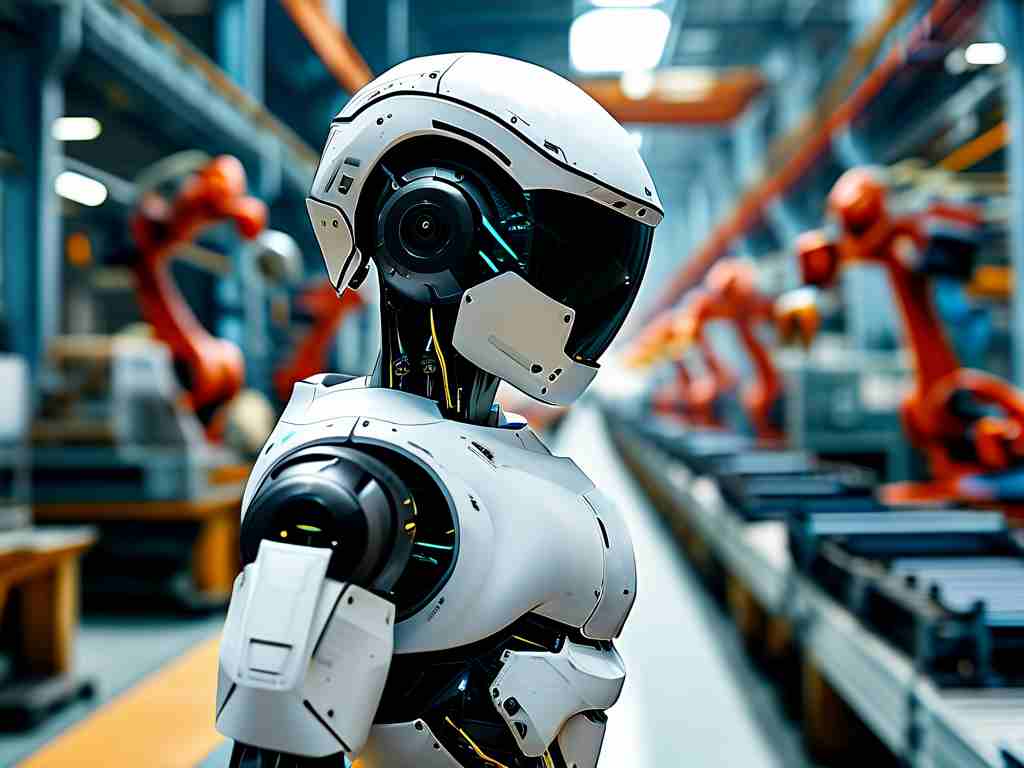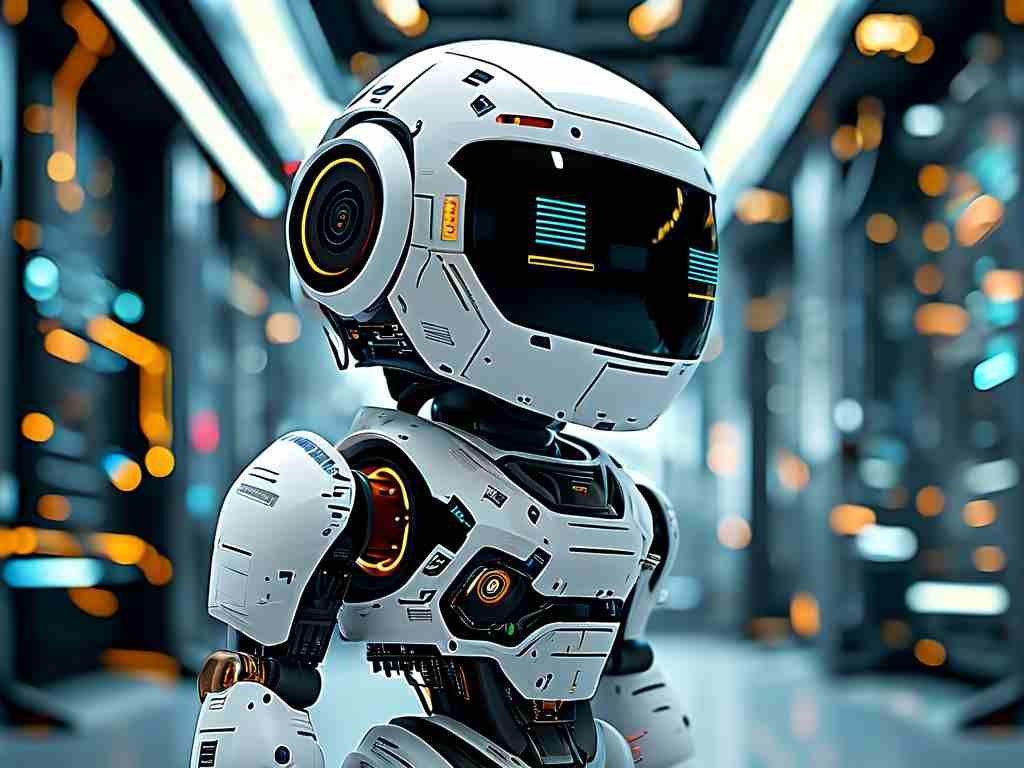In recent years, Zhiji Robotics has emerged as a trailblazer in the field of intelligent automation, redefining industry standards with its cutting-edge robotic solutions. By integrating advanced algorithms, adaptive learning systems, and precision engineering, the company has positioned itself at the forefront of robotics innovation. This article explores the core technologies driving Zhiji’s success and their real-world applications.

The Foundation: AI-Driven Autonomy
At the heart of Zhiji’s robotics technology lies its proprietary artificial intelligence framework. Unlike traditional robotic systems that rely on preprogrammed instructions, Zhiji’s machines utilize deep reinforcement learning to adapt to dynamic environments. For instance, their industrial robots can optimize assembly line workflows in real time by analyzing sensor data from multiple sources, including visual cameras, LiDAR, and tactile feedback modules. This self-correcting capability minimizes downtime and enhances productivity in manufacturing setups.
A notable example is the company’s flagship product, the Z-9000 collaborative robot (cobot). Designed for human-robot interaction, this cobot employs natural language processing to interpret verbal commands and gesture recognition for intuitive control. In automotive factories, Z-9000 units have reduced manual intervention by 40% while maintaining a near-zero error rate in tasks like component sorting and quality inspection.
Precision Meets Versatility
Zhiji’s engineers have overcome longstanding challenges in robotic dexterity through biomimetic design. The company’s “SmartGrip” end-effector technology mimics human hand movements with unprecedented accuracy, enabling robots to handle fragile objects like glassware or organic materials without damage. This breakthrough has opened doors for applications in pharmaceuticals and food processing, where delicate handling is critical.
Moreover, Zhiji’s modular robotics platform allows rapid customization. Clients can mix and match hardware components—such as robotic arms, mobility bases, and specialized sensors—with plug-and-play ease. A case study from a Chinese e-commerce giant revealed that Zhiji’s modular warehouse robots reduced deployment time for new fulfillment centers from six weeks to just five days.
Ethical AI and Safety Protocols
As robotics permeates sensitive sectors, Zhiji prioritizes ethical AI development. Their systems incorporate explainable AI (XAI) modules that provide transparent decision-making logs, crucial for healthcare and public service applications. In one pilot project at a Shanghai hospital, Zhiji’s medical assistive robots used XAI to document triage recommendations, allowing clinicians to audit AI-generated s.
Safety remains paramount across all products. Zhiji’s collision-avoidance system combines millimeter-wave radar with thermal imaging to detect obstacles even in low-visibility conditions. During field tests in mining operations, these robots demonstrated 99.8% accuracy in identifying potential hazards, from uneven terrain to equipment malfunctions.
Sustainability Through Robotics
Zhiji aligns its technological advancements with environmental goals. Their agricultural robots, equipped with multispectral imaging, enable precision farming by analyzing soil health and crop growth patterns. Farmers using these systems reported a 30% reduction in pesticide usage and a 15% increase in yield—a win for both productivity and ecological preservation.
The company also pioneers energy-efficient designs. Zhiji’s latest generation of service robots consumes 35% less power than industry averages through optimized motion planning algorithms. In commercial settings like smart office buildings, these robots manage tasks from cleaning to HVAC monitoring while maintaining a carbon footprint 50% smaller than conventional automated systems.
Future Horizons
Looking ahead, Zhiji is investing heavily in swarm robotics and quantum computing integration. Early prototypes of their swarm-based disaster response robots have shown promise in coordinated search-and-rescue simulations, where multiple units share situational data via mesh networks. Meanwhile, quantum-enhanced machine learning models could revolutionize how robots process complex datasets in fields like climate modeling.
Industry analysts predict that Zhiji’s open-source robotics ecosystem, launched in late 2023, will accelerate global innovation. By sharing core APIs with developers, the company aims to foster a collaborative environment for solving pressing challenges—from aging population support to renewable energy infrastructure maintenance.
In , Zhiji Robotics exemplifies how intelligent machines can transcend being mere tools to become transformative partners across industries. Through relentless R&D and ethical stewardship, the company continues to push the boundaries of what robots can achieve, setting new benchmarks for innovation in the age of automation.


